Have you been hearing about or seeing plant stem cells in skin care? I’ve been seeing a slew of stem cell products recently with lofty claims about what they can do for skin. But information about what they really do for skin is vague and skimpy. Given all the hype and the price premium these products command, I think it’s worth examining them more closely. Are they really doing something for skin and worth the premium they command?
It’s also worth just understanding what they are. When you hear “stem cells,” are you skeptical? Does it confuse you? Alarm you? If you answered yes to any, I don’t think you’re alone.
Let’s find out what they are. I’ll try to make this simple and right to the point.
What Are Stem Cells?
Everyone has stem cells in their body. Stem cells give rise to other cells. You can think of them as master cells or parent cells. They are cells that become specialized cells for all the different parts of your body.
There are two important characteristics of stem cells:
Stem cells are cells that keep on growing. They have the ability to self-renew for a long time.
Stem cells are also undifferentiated, which means they have no specific function. But they can turn into specialized cells later on when they’re needed.
In HUMANS and ANIMALS, there are 2 types of stem cells:
1. Embryonic Stem Cells
- These come from the blastocyst (pre-embyro, at 5 days after fertilization of the sperm and egg)
- They turn into specialized cells when the embryo/fetus is growing
2. Adult Stem Cells
- These are found in every tissue of the body, including skin
- They are involved in the repair and regeneration of damaged tissue
- They turn into specialized cells (e.g. bone, muscle, nerve) when tissue has been injured or worn out
- Some animals can regenerate an entire limb (e.g. starfish, salamander); human beings cannot
In PLANTS, stem cells are located in the meristems (located at the tips of roots and shoots).
- They are not differentiated
- They can keep on regenerating
- Their role is to replace dying plant cells and repair damaged ones
Stem cells are used in medicine today to regenerate damaged tissue. With great success too.
[This is a topic that is way too big to discuss here.] And more medical uses for stem cells are being discovered every day.
Stem cells have made their way into skincare in recent years. So let’s see how.
Plant Stem Cells in Skin Care
In skin care, stem cells are usually obtained from PLANTS.
The earliest plant stem cell research was done on Swiss apples (Uttweiler spatlauber), which were bred in the 18th century to have exceptional longevity.
Today’s plant stem cell extracts come from a wide variety of sources, such as:
- alpine rose
- grape
- rice
- butterfly bush
- coneflower
- edelweiss
- sea fennel
- gardenia
- lilac
- madonna lily
- orange
- argan
- marrubium
- and on and on!
The Key to Stem Cells Working
Stem cells talk to each other and to other cells. This is known as cell signaling.
They release signals called cytokines, which are proteins. There are various kinds, and one kind is known as a growth factor. Growth factors promote cell growth, healing, and differentiation. I’ll talk more about them next week.
I bring up cytokines to make an important point:
Human stem cells and Plant stem cells do NOT speak the same chemical language
In other words, putting plant stem cells into human skin to trigger the growth or regeneration of new skin cells is physiologically impossible. They each have their own kinds of signaling chemicals. So they can’t understand each other’s signals.
But stem cells can be harvested for their growth factors. Those growth factors may be added to products to stimulate protein production. And they have other benefits (below).
When stem cells are harvested, the cells are broken up, the signaling molecules are saved, and the parts of the cell that are not needed are discarded.
When a company says that its product contains stem cells, what it really means is that the product contains the growth factors and signaling molecules that have been extracted from the stem cells. Not the whole stem cells themselves.
It is impossible to get entire cells through skin. Cells are way too big to penetrate the skin barrier. It’s hard enough to get individual ingredients (molecules) into skin (through the epidermis and into the dermis), let alone whole cells, which are huge by comparison.
So What Are the Benefits of Plant Stem Cells?
Stem cells, or more precisely – the messaging molecules that are harvested from stem cells, can offer these benefits in skin care products:
- Provide antioxidant protection
- Protect skin from photodamage by absorbing UV radiation
- Protect skin from other types of oxidative damage
- Provide anti-inflammatory benefits
- Provide stimulation to epidermal stem cells
- Increase the longevity of skin cells
My Personal Thoughts
I have to admit, while I love cutting edge skin care ingredients, I remain wary of the claims that manufacturers make about their stem cell products. Mostly because the discussion and evidence behind those claims are so limited.
Stem cell technology is a promising field, and we are just at the beginning of much more to come.
My advice, if you can afford it and don’t mind being potentially disappointed, by all means go ahead and try stem cell products. But if you have a limited budget to spend on skin care, focus your purchases on ingredients that are already proven to deliver results to your skin, like peptides, retinoids, antioxidants, and anti-inflammatory ingredients. And wait for stem cell technology to mature.
Related Articles:
Want articles & posts delivered straight to your inbox? Sign up for the weekly newsletter here.

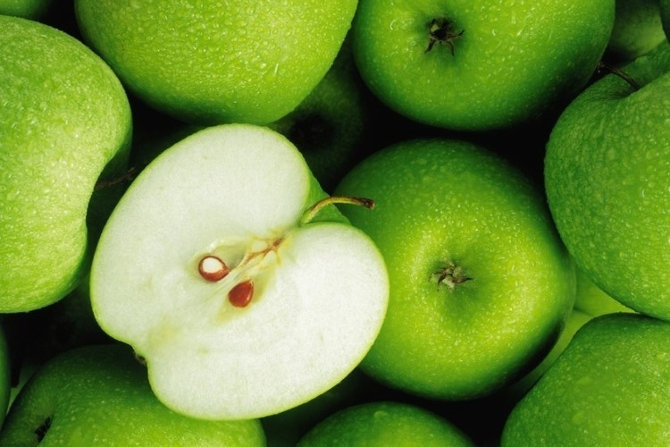



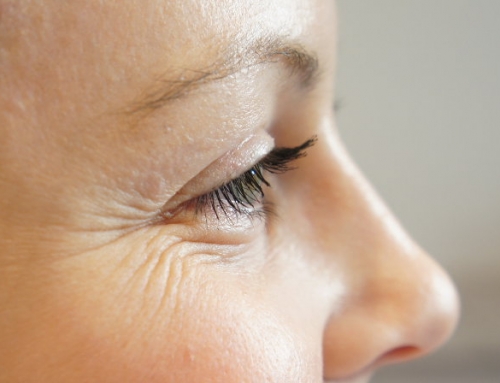
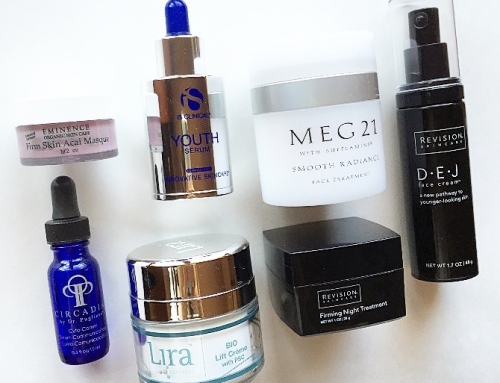


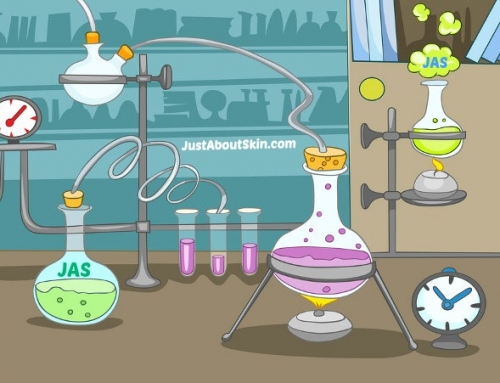
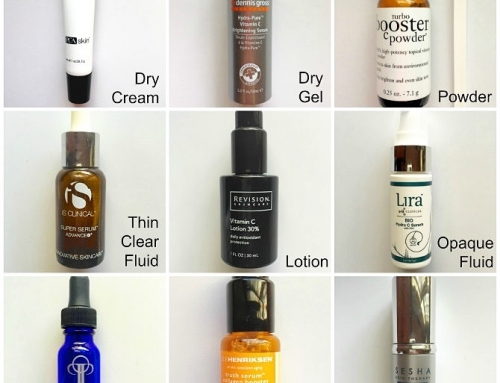
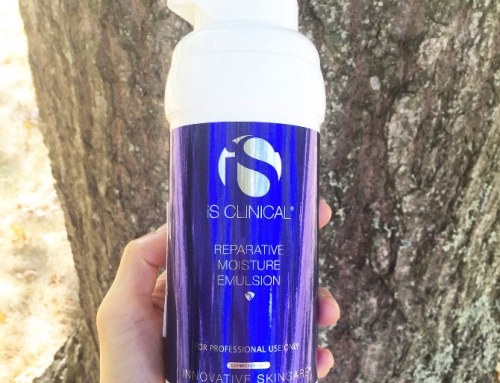
Hi Rita, interesting article thanks. Today I was confronted by a woman whose work sells products which use human stem cells – she said that the plant stem cells do not work on humans as the body does not recognise them? What would you say to this comment?
Thanks Anita
Hi Anita, it depends on the intended purpose of the stem cell. What she said is partly true. If you were to put a plant stem cell (the whole cell) into a human, it wouldn’t do anything. Plant stem cells won’t create or regenerate human skin cells because a human body doesn’t recognize their signals. But in skincare products, plant stem cells are broken up first. (The whole cell is too large to penetrate skin.) The contents of the cells are separated, and the proteins are saved. It is these proteins (such as growth factors) that can give some benefits to skin. I hope this helps!